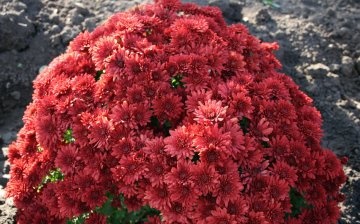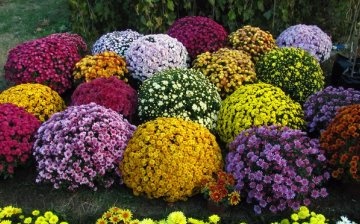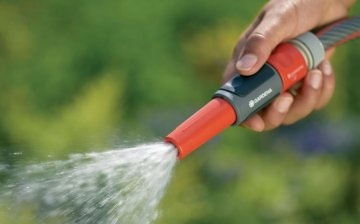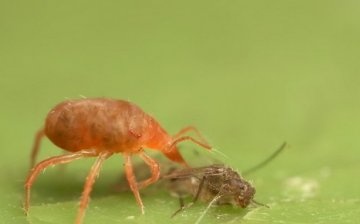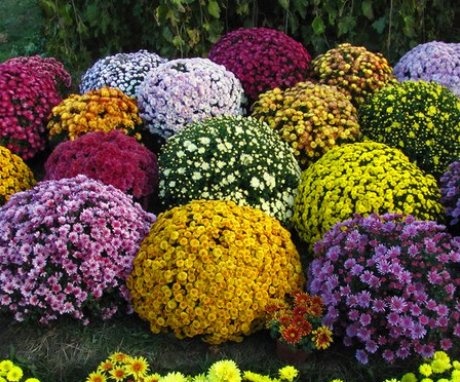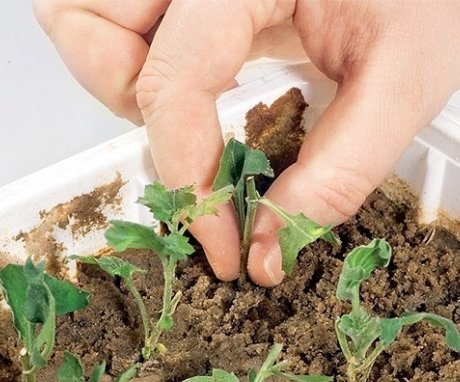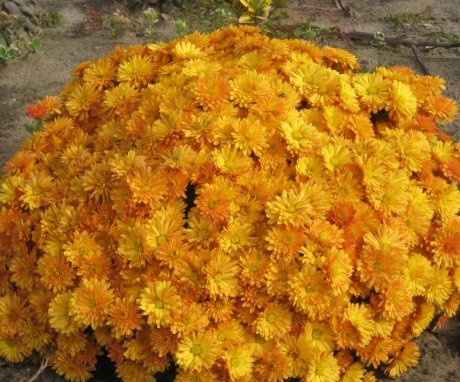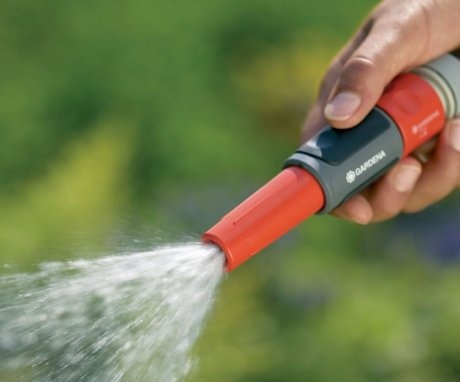Ball-shaped chrysanthemum multiflora in the garden: from planting to care
Chrysanthemum belongs to the Astrov family. Chrysanthemum multiflora or spherical differs from other species of this plant in its short stature, shape and abundance of flowers. Recently, it has become very popular due to the timing of flowering, decorativeness, a variety of colors and an abundance of flowers.
Content:
Structural features
Chrysanthemum multiflora resembles a ball in shape, all covered with rather large flowers. The variety of colors and shades is striking. There are more than 4000 of them. Plants of this hybrid form the crown themselves.
Chrysanthemums by flowering time are divided into:
- Early flowering, which bloom in August.
- Medium, which begins flowering in September.
- Late, the flowering period of which lasts from September to October.
According to the height of the bush, chrysanthemums multiflora are divided into:
- Super short, 20 cm high.
- Medium-sized, up to 40 cm high.
- High, up to 70 cm high.
Due to the fact that the bush has the shape of a ball, the height of the bush is equal to its diameter. The height of the bush depends not only on the species, but also on the growing conditions and weather.
Chrysanthemum is a plant that requires short daylight hours to bloom.
It blooms when night and day are almost equal. The multiflora hybrid is an early flowering hybrid. The first flowers open in August, and flowering ends in October. Plants that grow in the shade of buildings or fences may bloom earlier. Root system chrysanthemums are located close to the soil surface. This must be taken into account when loosening and weeding.
Reproduction methods
You can get new chrysanthemum multiflora plants:
- Cuttings.
- By dividing the bush.
- Branch of root growth.
- It is possible to get new plants from seeds, but there is no guarantee that they will retain the species properties of the parent plant.
Grow chrysanthemum multiflora cuttings need at the end of summer so that they take root before frost. If you did not manage to plant young plants in the soil before mid-September, use wide flowerpots. Install them on the street. Water it periodically. After the cold comes, the pots are removed to a cool, dark room, the temperature in which does not exceed 5 ° C. This could be a cellar or a cold basement. In such conditions, young plants overwinter well.
Closer to spring, at the end of February, pots with chrysanthemums are taken out into a warm room and watered. They will start to release young shoots. Some of them are cut off after they reach a height of 10 cm, and planted in prepared loose soil. Mix part of the garden soil, humus and 2 parts of sand. Cover with glass or polyethylene.
A month later, when the cuttings take root, they are transplanted into a separate bowl. In the spring, the finished plants are planted in the soil. Before planting, the bushes are separated. One root is enough to grow a bush. But you can plant a part of the bush, consisting of several processes.
Landing rules
Chrysanthemum multiflora is grown outdoors or in containers. Grow it in sunny areas.If planted in the shade, the shoots will stretch, the flowers lose their brightness, the flowering time will change.
Features of planting chrysanthemums:
- Growing chrysanthemums requires loose, nutritious soil. But you can't overfeed her too. An oversupply of fertilizer can lead to rapid growth of shoots to the detriment of flowering. You can make the soil lighter by adding peat and humus to it. The composting improves its structure. River sand will serve as drainage and protect the plant's root system from decay. The soil should be neutral or slightly acidic.
- When planting a spherical chrysanthemum, you need to choose the evening or morning hours. Chrysanthemum transplanted in cloudy weather or after rain is well tolerated. Chrysanthemum tolerates light frosts. But for this she needs to have time to take root. Bushes are planted in April, May or early June, after spring frosts. It depends on the climatic conditions. But you need to plant as early as possible.
- They dig holes with a depth of 40 cm. The distance between them is at least 50 cm. Water the holes, lay drainage (sand, expanded clay or small pebbles). Prepare a mixture of 20 parts of soil and one part of humus. Do not deepen the root system.
- Low and medium-sized varieties do not require support. Tall ones are tied up using low supports. To do this, when planting, rods about 1 m long are placed in the hole.
- After planting chrysanthemum multiflora, it is necessary to shade until it takes root and grows. Use agrofiber or other materials. But they should not touch the plant leaves.
Chrysanthemum multiflora itself forms a crown in the form of a ball. But in order for her to be more magnificent, she needs help. Immediately after planting, pinch the growth point. After 3 weeks, the tops of the shoots with several nodes are torn off.
Care Tips
In order for the chrysanthemum to delight with its beautiful flowering, it is gently and correctly to care for it:
- Chrysanthemum should be regularly watered with rainwater. If there is no rain for a long time, you can use settled water. Watering often, but not waterlogging the soil. Such watering will help to keep the decorative effect of the bush as long as possible. If the earthen lump dries up, this will lead to lignification of the shoots. If the soil remains dry for a long time, the plant may die. Spraying chrysanthemum multiflora is not carried out.
- Top dressing can be done once a season, shortly after planting, with nitrogen fertilizers. You can use the infusion mullein or chicken droppings... Some gardeners add potassium and phosphorus. But this must be done before the formation of buds.
- After flowering, the stems are cut at a distance of 10 cm from the ground. This will stimulate the growth of young shoots. The plant will be more resistant to disease.
- The disadvantage of chrysanthemum multiflora is their insufficient frost resistance. Which, however, is typical for most chrysanthemums. Therefore, it is better to plant them in flowerpots or containers for the winter. They are brought into a cool room - a veranda, a glazed balcony. In this case, the flowering period will last. Chrysanthemums will delight the eye even in winter, until around January. In a warm room, they dry out rather quickly, losing their decorative effect.
- After the chrysanthemum has faded, the stems are cut and the pots are taken out for winter storage. Periodically inspect, checking if the clod of earth in the pot is dry.
For the southern regions, a scheme for growing chrysanthemums without digging is suitable. It is enough just to cut off the stems and cover the bushes with humus or earth. Sometimes they are covered with a cut part of the plant. But this cannot be done if the plant is sick or has been affected by pests. In the spring, the shelter is removed. This must be done on time, during the snow melting period, otherwise the roots may rot. The bush must be planted in several, one or more sprouts.
Pests and diseases
The main pest of chrysanthemum multiflora is aphids and spider mites.To prevent damage, plants are regularly watered. Chrysanthemum buds damage caterpillars and leaf rollers. You can fight them by treating with Aktara or the biological preparation Fitoverm.
To prevent fungal diseases, including powdery mildew, which can spoil the appearance of the plant, the bushes are treated with copper-containing preparations. To prevent root rot, Fitosporin is added to the water for irrigation.
More information can be found in the video:



